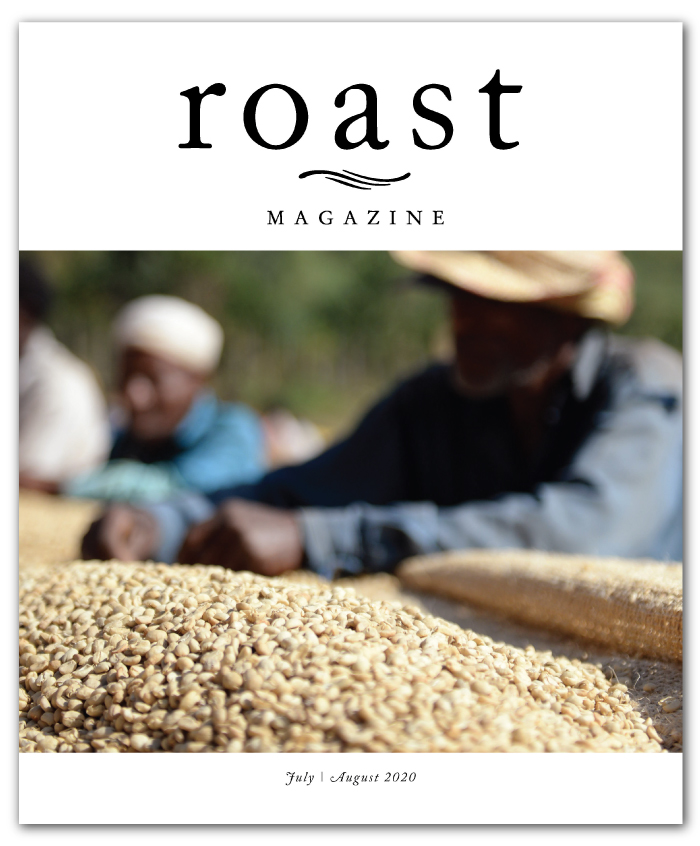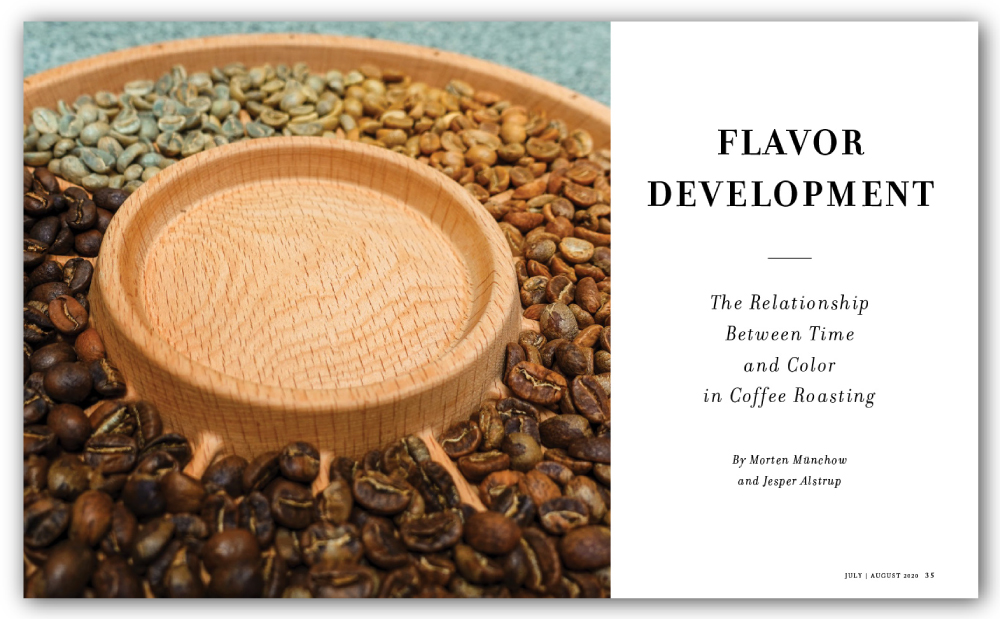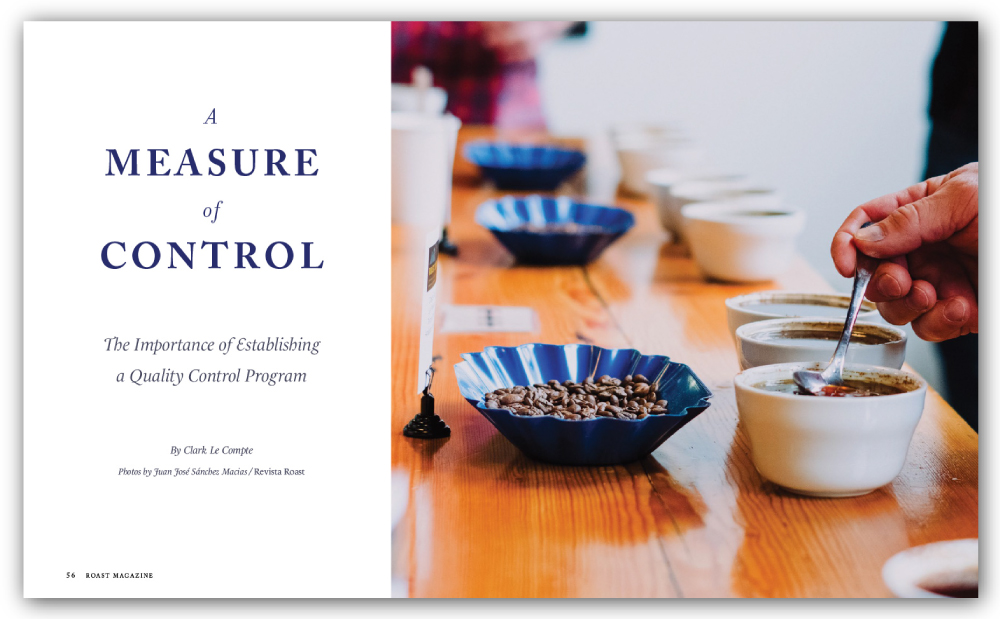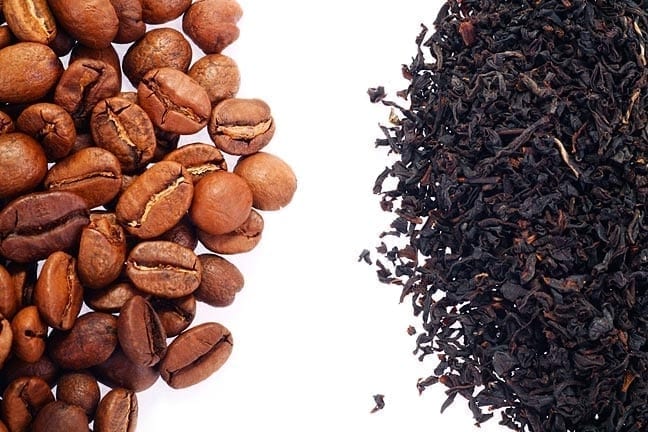If you are currently following a ketogenic diet, also called keto, then you have probably…
Inside Roast Magazine’s July/August 2020 Issue (Now Shipping)

The July/August 2020 issue of Roast is out now, with in-depth articles on the relationship between time and color in coffee roasting, the importance of establishing a quality control program, and the meaning of cooperatives for farmers, roasters and consumers. The issue also dives in to using organic acids as a training tool and explores feminist ecology and sustainability of life.
Subscribe to the print edition of Roast to receive upcoming issues, or purchase the print version of the July/August issue. Roast print subscribers also receive complimentary digital access to the issue.

In “Flavor Development: The Relationship Between Time and Color in Coffee Roasting,” Morten Münchow and Jesper Alstrup investigate how different roasting conditions can crucially impact coffee flavor. CoffeeMind—a scientific research, taste and coffee-roasting academy based in Copenhagen, Denmark, with international venues—partnered with the Department of Food Science at the University of Copenhagen and the Specialty Coffee Association to conduct this research.
It is our hope that we can help establish solid ground in the heated debate about which roast control measures are of most importance for the sensory quality of the final roasted product. By sharing some key findings from this research, we hope to reassure professional coffee roasters who are struggling to navigate the maze of conflicting quality control parameters.

Clark Le Compte of Prosperity in Coffee provides insights into the QC process in “A Measure of Control: The Importance of Establishing a Quality Control Program.” The article highlights how the implementation of quality control measures can ensure consistency, and ultimately how it can make good business sense for coffee companies to engage in these practices.
The flavors expressed in a cup are the result of the beans purchased, plus their roasting style. Maintaining a consistent experience results in customer retention, which means more predictable sales, and sets the foundation of a stable business. Consistency is created by working only within set parameters; for coffee, taste determines those parameters.

Ruth Ann Church of Artisan Coffee Imports and food economist David L. Ortega, a professor at the University of Michigan, address the consumer focus on transparency and the challenge transparency presents for the coffee industry in “Cooperative Advantage: What Do Cooperatives Mean for Farmers, Roasters and Consumers?” — sharing results from a 2019 quantitative study conducted by the Feed the Future Africa Great Lakes Coffee Support Program. The paper, published in the journal Food Security, offers a statistical approach and validation of cooperatives’ impact in Rwanda.
Coffee has many hand-offs along the supply chain, and its journey is opaque due to long timelines and vast distances. Creating connections is further complicated when the origin of a container of coffee is from a country where “the farmer” actually may be 1,000 farmers. We show how the farmer cooperative, as a node where many small farmers come together, becomes a valuable unit in this chain for the farmer at one end and the consumer at the other.
Features
Flavor Development
The Relationship Between Time and Color in Coffee Roasting
A Measure of Control
The Importance of Establishing a Quality Control Program
Cooperative Advantage
What Do Cooperatives Mean for Farmers, Roasters and Consumers?










